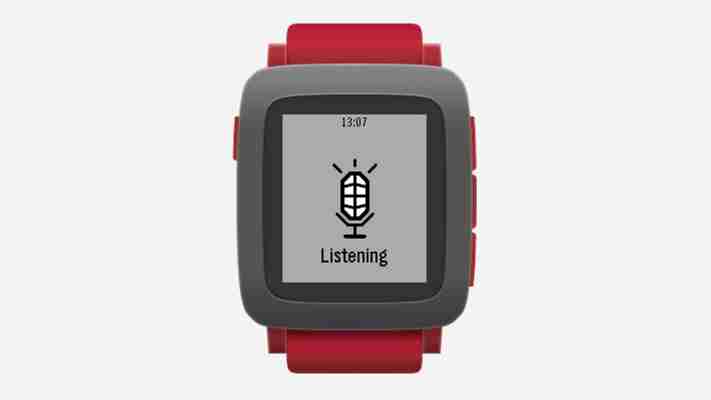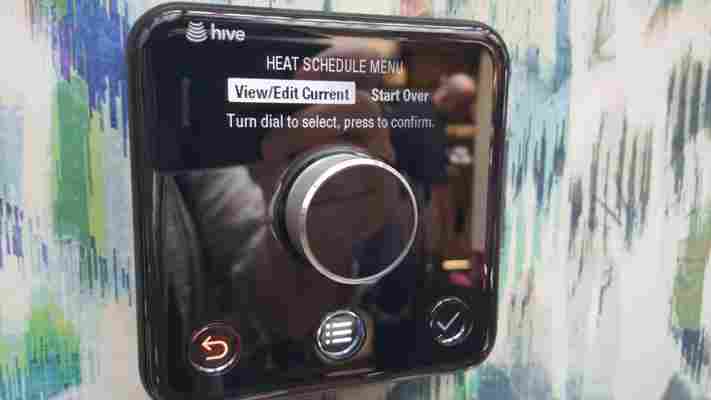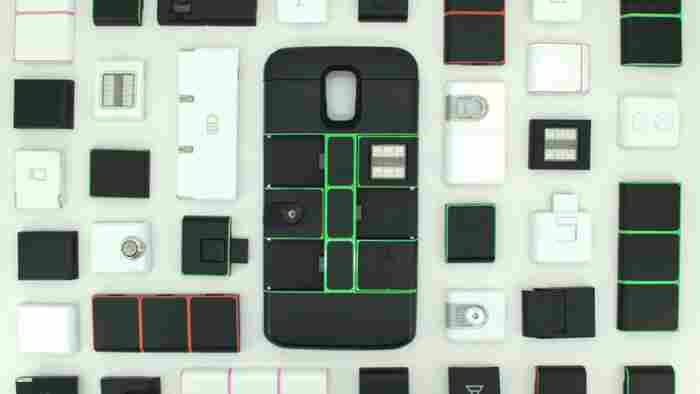Smartwatch maker Pebble is introducing a dictation API to let developers add voice recognition features to their watch apps.

Powered by Nuance , the company behind the Dragon range of desktop dictation software, the new API will allow developers to add support for voice commands like replying to messages, placing orders for dinner and controlling music playback.
It will work with apps on Android as well as iOS designed for the Pebble Time , Pebble Time Steel and eventually the Pebble Round .
That should help level the playing field a bit for Pebble, which competes with Android Wear-based smartwatch makers like Motorola and Huawei , as well as Apple and Samsung , which already support voice commands.
It’s worth noting that Pebble Time users with Android devices have already been able to send voice replies.
Of course, it remains to be seen just how many developers will integrate the new API into their Pebble apps. If the company can’t get them excited about the new functionality, the partnership with Nuance could be too little, too late for the current generation of devices.
➤ Pebble brings Nuance’s voice technology to Pebble devices and developers [Nuance What’s Next Blog]
Hive unveils sleek new smart thermostat and ‘connected home’ gadgets you might actually want
British Gas-owned Hive has today revealed a new smart thermostat for UK homes that has oft-requested features like a multi-zoning option and a heating boost.

The most striking thing about the Hive Active Heating 2 though is its mirror finish design. If you were put off the first model because you thought it looked dull (it really did), the second version is a huge improvement, thanks largely to a collaboration with designer Yves Béhar, who had a hand in the design of the Jawbone UP bands and Jambox, among other things.
Along with a single middle control for scrolling between options, there are a few hardware buttons as controls, but not many.
The lack of buttons, and indeed the whole approach behind the Hive 2 is one of simplicity – thermostats aren’t the preserve of ‘techies,’ so everyone needs to be able to use it.
For example, setting a heating or hot water schedule is now incredibly easy, with the on-screen prompts guiding you through the process, then making it easily replicable so you can apply it to different days of the week in just a few presses.
There’s also now a ‘holiday mode’ setting, which was sorely missing from the first incarnation.
While rivals like Nest favor a hands-off, automated approach to heating, the Hive 2 aims to give full manual control in a straightforward package – and all controllable from the Hive smartphone app too, obviously.
The top of the device is now home to hot water and heating boost buttons (previously hot water-only) for an extra kick of heat for up to six hours.
Consideration for the overall design and how it will work in people’s homes has clearly been kept near the top of the priority list too – Hive has a partnership with Dulux paint to supply the surround for the new thermostat in a range of different official Dulux colors. It’s a simple but smart move that will appeal to a lot of people.
The new Hive thermostat is available to buy from today, priced at £249 including installation and all the software-based features will be rolling out to owners of the first-generation Hive in the future.
If you’re using this as an excuse to upgrade from the old Hive to the new, there’s a time-limited promotion running that brings the price down to £99.
There’s no need to use British Gas as your supplier to use the Hive thermostat, and it’s wireless too.
Hive has big aspirations in the ‘connected home’ space, and alongside the new thermostat, the company also showed off some incoming connected devices, like motion sensors, ‘active plugs’ and window/door sensors.
The company also has a smart light product coming too, but this will arrive later than the other sensors and plugs.
Essentially, what it’s trying to do is bring the Internet of Things in reach of everyone, and provide a single app to control all of those devices – the existing Hive app.
This simple approach keeps with the overall aim of keeping its products within reach of ‘normal’ people and not solely the preserve of the rich or tech-inclined.
As you might expect, the ‘Active Plugs’ allow you to switch devices on-and-off remotely (and set schedules), the motion sensor can be used to detect activity in your home when you’re not there, or perhaps combined with an Hive Active Plug to give you a motion sensor-controlled hallway light.
The company says that initially all the interaction ‘recipes’ that users can build will be within its proprietary Honeycomb platform, but there’s no reason it couldn’t add support for a platform like IFTTT in future.
While the approach seems sensible, the real test will be when these devices go on sale this Autumn at an as-yet undisclosed price.
Read next: Why the DIY smart home revolution won’t work
Nexpaq: “the first truly modular smartphone case”
We usually try to avoid Kickstarter campaigns (too much vaporware) but the Nexpaq looks intriguing, especially when compared with Project Ara .

It will work with the iPhone 6, Samsung Galaxy S6 Edge and Samsung Galaxy S5 and the unit contains an extra battery as well.
➤ Nexpaq: the first truly modular smartphone case [ Kickstarter ]
